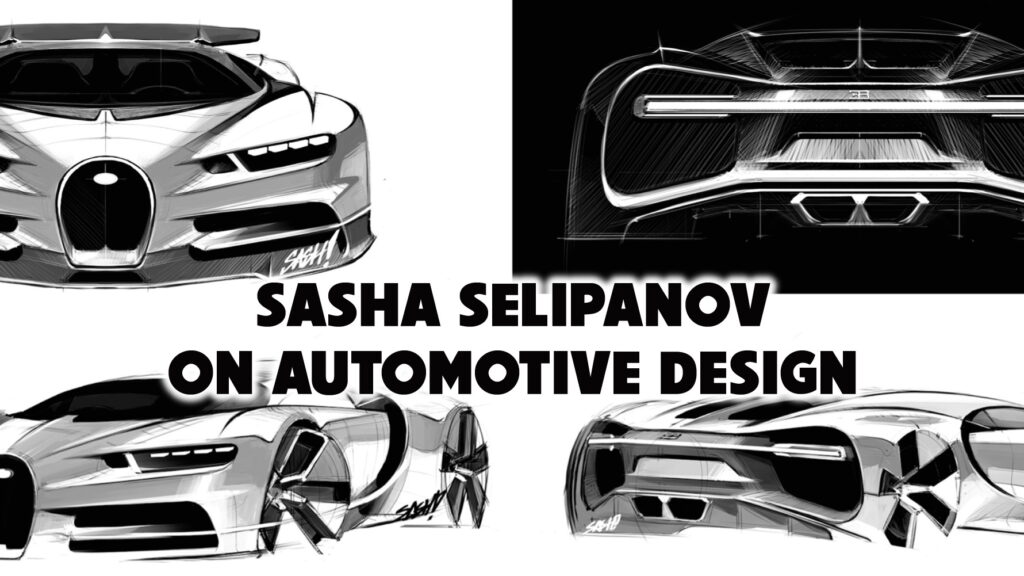Sasha Selipanov, renowned for his contributions to numerous automakers, including Genesis, Bugatti, Koenigsegg, Lamborghini, Volkswagen, Audi, Skoda, Bentley, Seat, Hyundai, and perhaps even a few lunch spots in between, recently launched his own design firm, named Hardline27.
Over two decades in the industry, he has left his creative fingerprints on the Lamborghini Huracan, the Bugatti Vision Gran Turismo and Chiron, Genesis’ Essentia concept, as well as projects like the Koenigsegg CC850 and Gemera, to name just a few. It’s as if he’s played every note in the automotive symphony – and now he’s composing his own masterpiece.
Launching Hardline27 was a dream come true for designer Sasha Selipanov. Of course, it only came into fruition after many long years of working with some of the most famous car companies and industry players.
Over that time, Selipanov has come away with many deep insights into the role that design plays in the automotive world, the industry itself, and what the future looks like. This is the next part in a multi-part interview series with him so if you’ve missed part one, all about his new design firm, Hardline27, be sure to check it out first.
- CS=Carscoops / SP=Sasha Selipanov
CS: You’ve said in the past that beauty or at least automotive beauty design isn’t really subjective, is that true? Can you elaborate more on that?
SP: The reason why I think this way is that my mind is a pretty rational place. I like to think in terms of logic and in terms of almost a mathematical sequence of deductions. I’m a rational person. I’m also a designer and I somehow had to reconcile this rational mind and the way it works with the pursuit of something as difficult to define as beauty. There are people who have inspired this train of thought.
There are certain things that we find attractive on an almost biological level, right? You remove all the education and all the layers of cultural stigmas and everything, but you still find something awesome, right? You see a force of nature in action and you think, wow, that’s just gorgeous and mind-blowingly epic. It could be a volcano, could be a birth of a star, a beautifully sculpted pebble on the beach, a rainbow… There are things that universally captivate us.
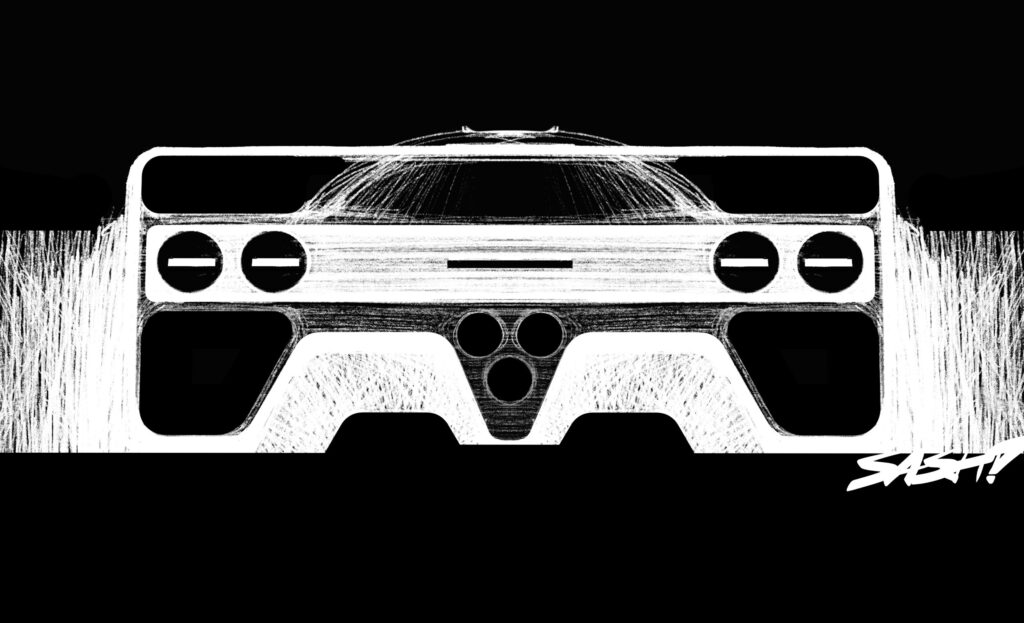
So I figured perhaps the idea of beauty being in the eye of the beholder is nothing but a capitalist ploy to just ensure that people don’t feel guilt, don’t feel the weight of the decision, and just keep buying. It’s encouraging people to go out and buy stuff. Your choice and what you bought is as good as my choice and what I bought, there’s no shame in making those choices because, hey, beauty is in the eye of the beholder, so it’s all good.
And I thought, well, is it true really? The Steve Jobs biography that Walter Isaacson wrote mentions an experience of picking up an iPhone in India or picking up an iPhone in California or wherever else on planet Earth… a person should just feel, wow, this is pretty awesome… like this is a beautiful object.
Cultural differences aside… as conscious beings, we find certain things beautiful and I figured that was one way for me to find a reconciliation between my rational mind and the pursuit of something that is difficult to quantify. I think of beauty as a fundamental “building block” of our cosmos… something that nature creates almost effortlessly but for us humans, it takes a lot of concentrated effort to seek out and apply.
CS: Aside from perhaps your own designs, is there a specific car design that you consider your absolute favorite?
SP: I don’t actually think of my work belonging on any of those charts, because first of all, it’s not my place to rank things that I worked on in terms of their success. There are things I appreciate about them and things I don’t but I just feel that there is a level of bias when it comes to my own work both positive and negative bias.
Let’s say a project was exceptionally difficult. There’s forever some heartache when it comes to the result.. So I don’t necessarily rank my own work amongst anything.
CS: That’s a humble attitude.
SP: Well, that’s just how it works. If I had the money to buy some of the things, there would be a lot of different cars I would buy before I would even contemplate looking at something that I had the privilege of working on.
When it comes to the actual question at hand, my favorite design, it’s just so difficult to point out only one, because so many cars follow the functional approach while also bringing some very special artistic value on board.
For example, an old Ferrari I saw at the Laguna Seca Historics this year, a 312P, is probably my favorite Ferrari prototype. It’s just ridiculously low. It feels like it’s another, I don’t know, five, eight inches lower than a P4. It’s just properly pancaked.
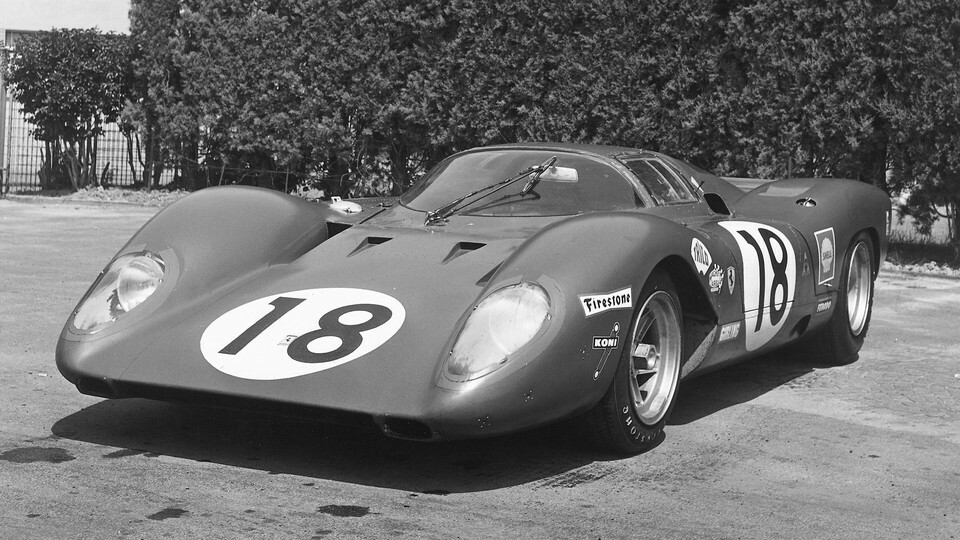
And I find that really attractive. I spent at least half an hour just sitting on the tarmac next to the car with some of my friends and my wife just like, “Come on, let’s go, let’s go, let’s go” with me all the while thinking “I’m not done yet.” I’m just soaking it in.
There are plenty of cars that deliver that level of satisfaction to me. There are definitely at least 10 cars all the way up there. The 312P is one of them, the [Ferrari] 250 [GT] short wheelbase and the Lancia Stratos rally car, well, the Ford GT 40 Mark II is up there, the original Defender, Mk I Golf, and what else?
I’m scared of forgetting something. Definitely, the 288 GTO must be there as well. There are many cars that I really like, primarily sports cars, but also form-follows-function mavericks, regular cars that I also find incredibly gratifying to look at and interact with.
CS: How do you envision the dynamic interaction among human creativity, design integrity, and the burgeoning AI innovations in influencing the future of car design? Will AI have a significant role to play in this evolution? What are your thoughts on this?
SP: It’s a very interesting question. Most designers sit on the internet and spend quite a long time looking at stuff. They take some of that inspiration and create tons of new design content… It’s actually a surprisingly similar approach to what these incredible AI tools are using.
On our end, I actually don’t want designers to offer a very large selection of random ideas, I’d rather surround myself with interesting, creative, and thoughtful individuals who offer a complete vision for the project. Even if it takes more than one day to come up with, I’d rather have one really good idea than 20 random ones.
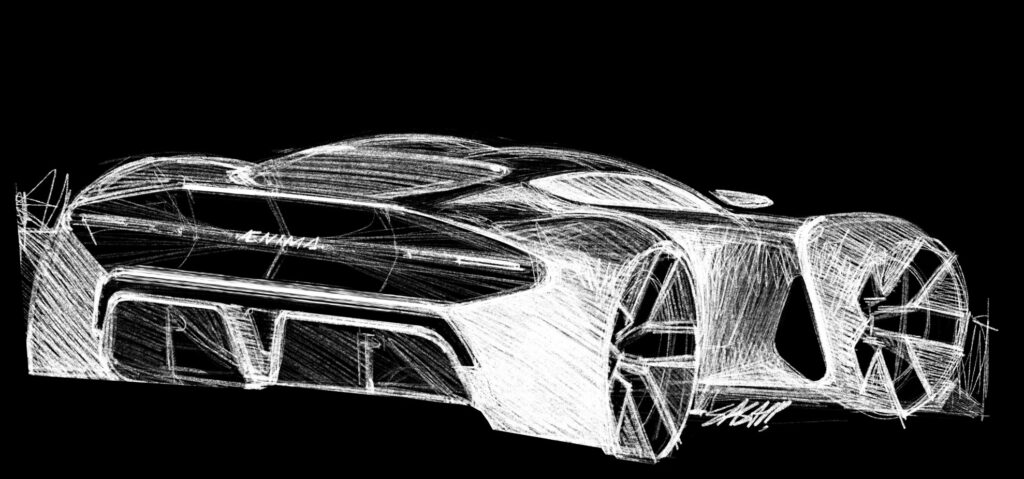
AI doesn’t really represent a danger for us because we are not after quantity, not at all, and we’re also not after randomness, we’re after well-considered correct answers. And so, I feel that for the workflows where sheer quantity and randomness are of value, AI is definitely a threat because that’s when you can just plaster the walls with every idea that comes to mind almost effortlessly.
What AI isn’t doing, it’s not coming up with any innovative solutions to problems, and that’s where I think our advantage is. In fact, if one of our designers wants to use AI to illustrate a thought that they had, well, that’s just fine, it’s the idea that counts, not the tools used.
CS: In your eyes, what aspect or aspects of automotive design aren’t getting enough attention?
SP: I think a lot of people talk about sustainability these days and I like where this conversation is headed. And I generally feel like sustainability is a topic that we should be intimately aware of.
But I find there’s something missing from that conversation. I feel that if you look at a vehicle, around about two tons of weight… It’s a result of a very complicated process of engineering, design, manufacturing, and supply chain, and it uses a lot of our planet’s resources.
There’s just so much that goes into creating a vehicle that sustainability is more than the question of how much of a carbon footprint you leave when you take your kids to school, it’s also about the longevity of these vehicles. Should they be as replaceable as an iPhone? Should an iPhone be as replaceable as it actually is?
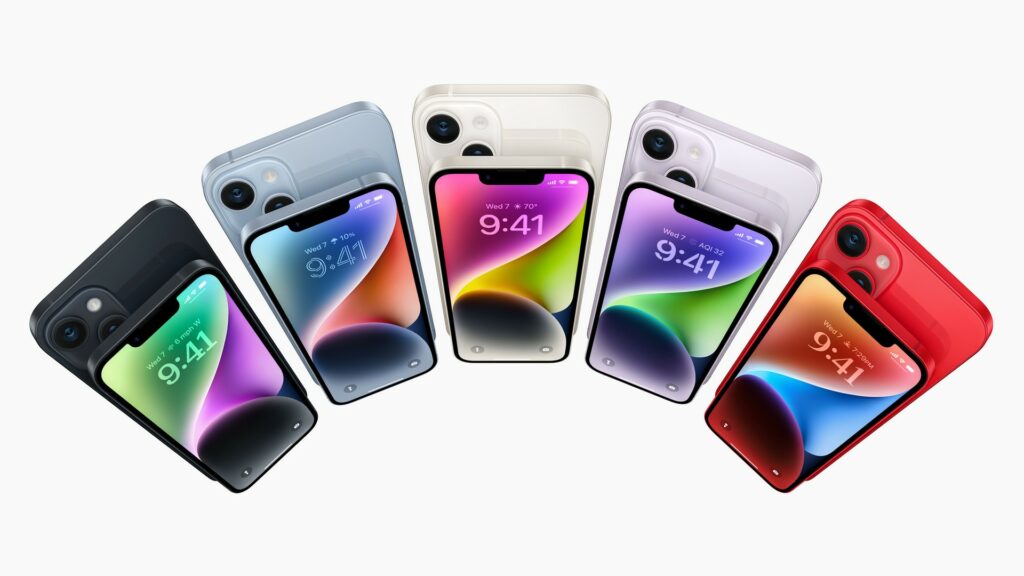
There are other ways of measuring it, but I like to think of it as two tons of human-made, engineered, designed, put-together products that we for some weird reason end up tying in with a fashion trend. All of a sudden the product is out of fashion two years down the line because there’s a refresh on the market. I find new products attractive when they bring a genuine improvement to the customer’s needs.
Suppose you say, we weren’t able to realize autonomy in our previous generation, but we’ve done tons of work. We’ve come up with all new LiDARs [sensors] and we have this brand new software and now this new generation is autonomous. So then you feel, okay, I’m letting go of this highly valuable vehicle that I bought, I’m trading it for something the older one just could not do. But more often than not, the changes are primarily cosmetic.
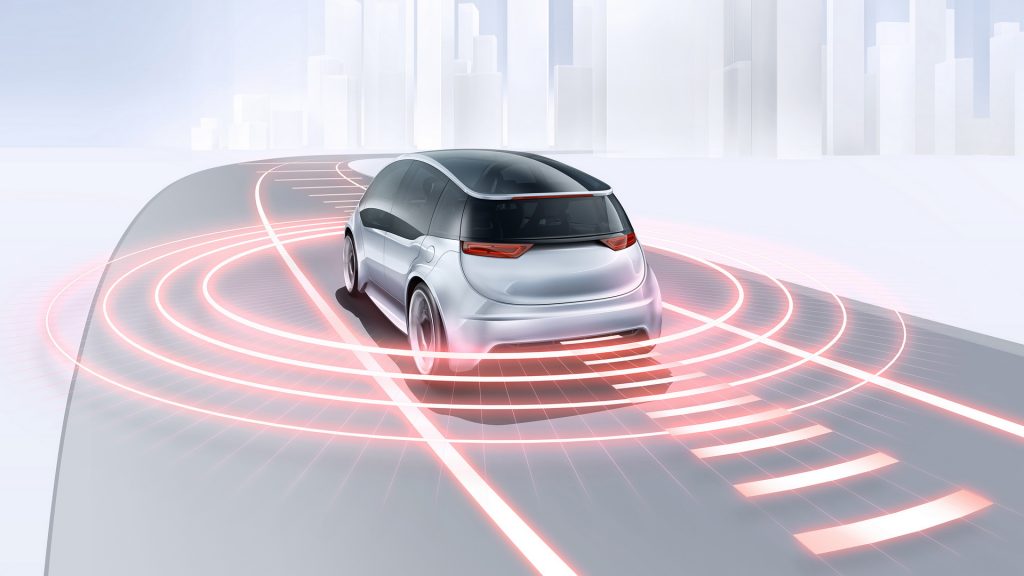
There are iterative changes on the engineering side, but what sometimes sells vehicles is that new fancy headlight DRL shape. That’s where I feel it doesn’t do justice to the two tons of highly valuable resources this earth gave us… this product came from deep within its confines and we’re just throwing it out because of a fancy new headlight. That’s what gets to me a little bit. I wish that the sustainability discussion included the longevity and the product refresh cycle as part of the agenda.
CS: What do you personally find most difficult in terms of the design process?
SP: I end up spending a frustrating amount of time trying to come up with a good idea. Self-doubt is a big part of it as well, where you’re like, ah, I’m not even capable of this anymore. And then you persevere and then you come up with a good idea and feel super rewarded.
And there is also this self-imposed challenge of not showing 20 bad ideas, but just offering one or two good ones… but they really have to be good. Plus, there is a certain standard of where you believe you should be at in the process and everything else is somehow not living up to it. It’s very difficult to get there. So these initial stages of understanding the problem, grasping the complexity, and then delivering the solution, just the idea itself, I find both ultimately very rewarding and also very challenging.
This is only part two of our interview series with Sasha. Be sure to keep an eye out for his thoughts on five cars that are available for sale or about to go on sale. He specifically said he’ll try not to be too mean. You’ll have to read to find out if he was.




